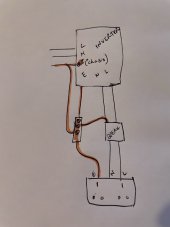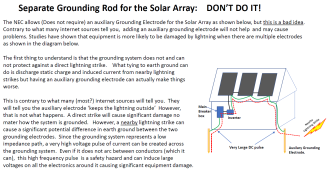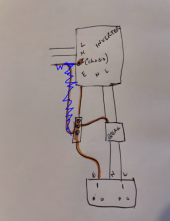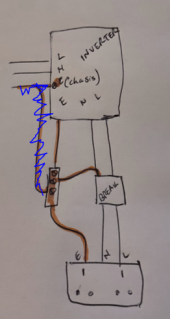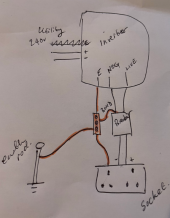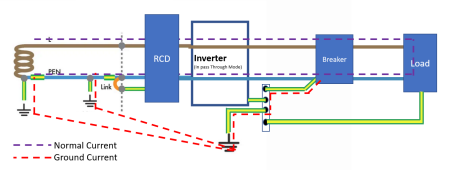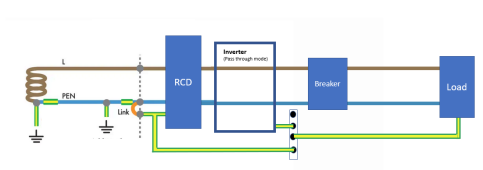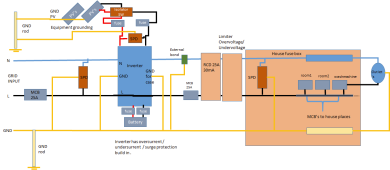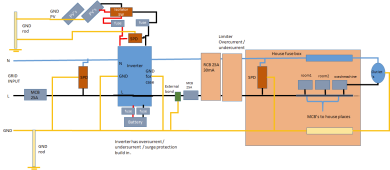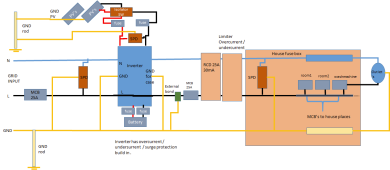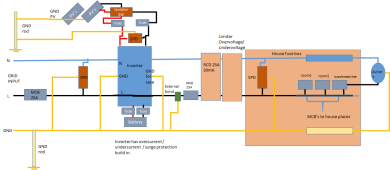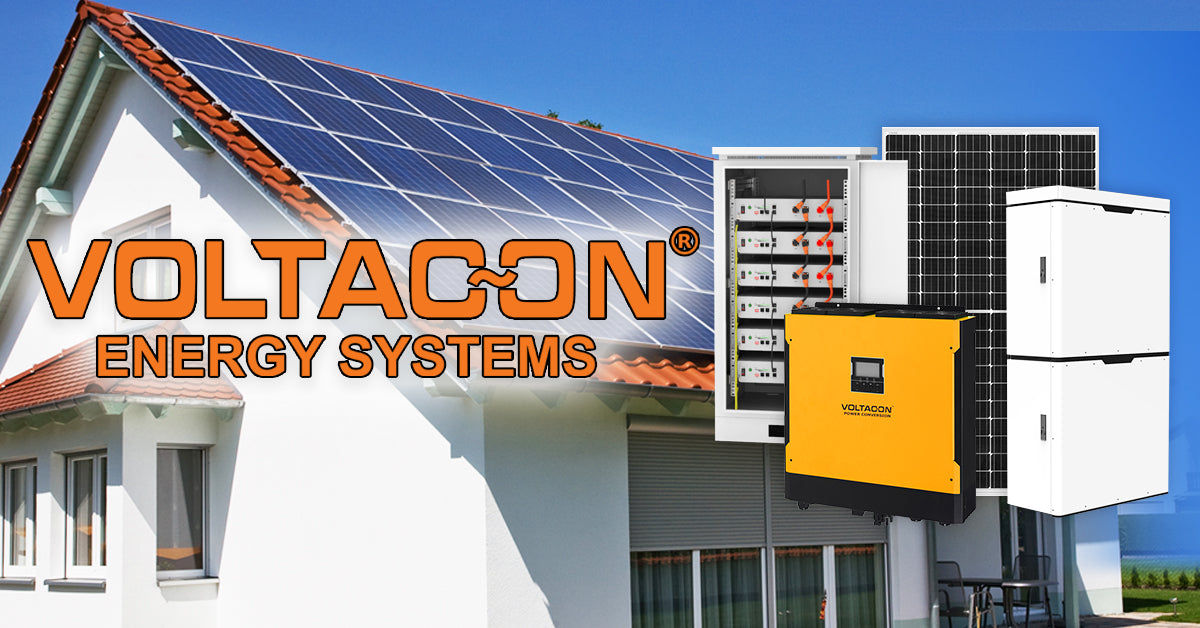FilterGuy
Solar Engineering Consultant - EG4 and Consumers
That tells us that the output of the inverter is floating.Neutral to Ground is giving me ~100V AC. The output however is 230V AC?
I would not add another ground rod. Instead, I would tie the ground you show to the ground system of the rest of the house. (Having two separate points the system ties to earth ground can create it's own problems.Is this what I should be doing? i.e. ignore the utility, but connect the Earth and Negative into the AC output breaker...
This way any grounding fault will draw a high current over the earth wire and trip the breaker?
Also connecting a earthing rod as an additional layer of protection (although not actually sure if that's needed?!?!)
View attachment 76546
(excuse the scrawl!)
Note: not sure what to do with the utility ground input.
I like the idea of adding the bond as shown in your diagram but.... there are some inverters that do not support bonding on the output. You should probably contact the manufacturer to see what they say.
In addition, if you ever run the inverter in pass-through mode, having the bond on the output will become a 2nd bond.... and current will flow on the PE wire.... this is generally considered a bad thing. In the diagram below the purple dash is the 'normal' current flow and the red dash is the 'bad' current flow on the PE wire.

The alternative is to leave the output floating. As I said earlier, some people on the forum are OK with floating outputs. Since there is no tie between the earth and hot, you should not get shocked even if you touch the hot wire. The only way to get shocked is to touch both the hot and neutral wire.



